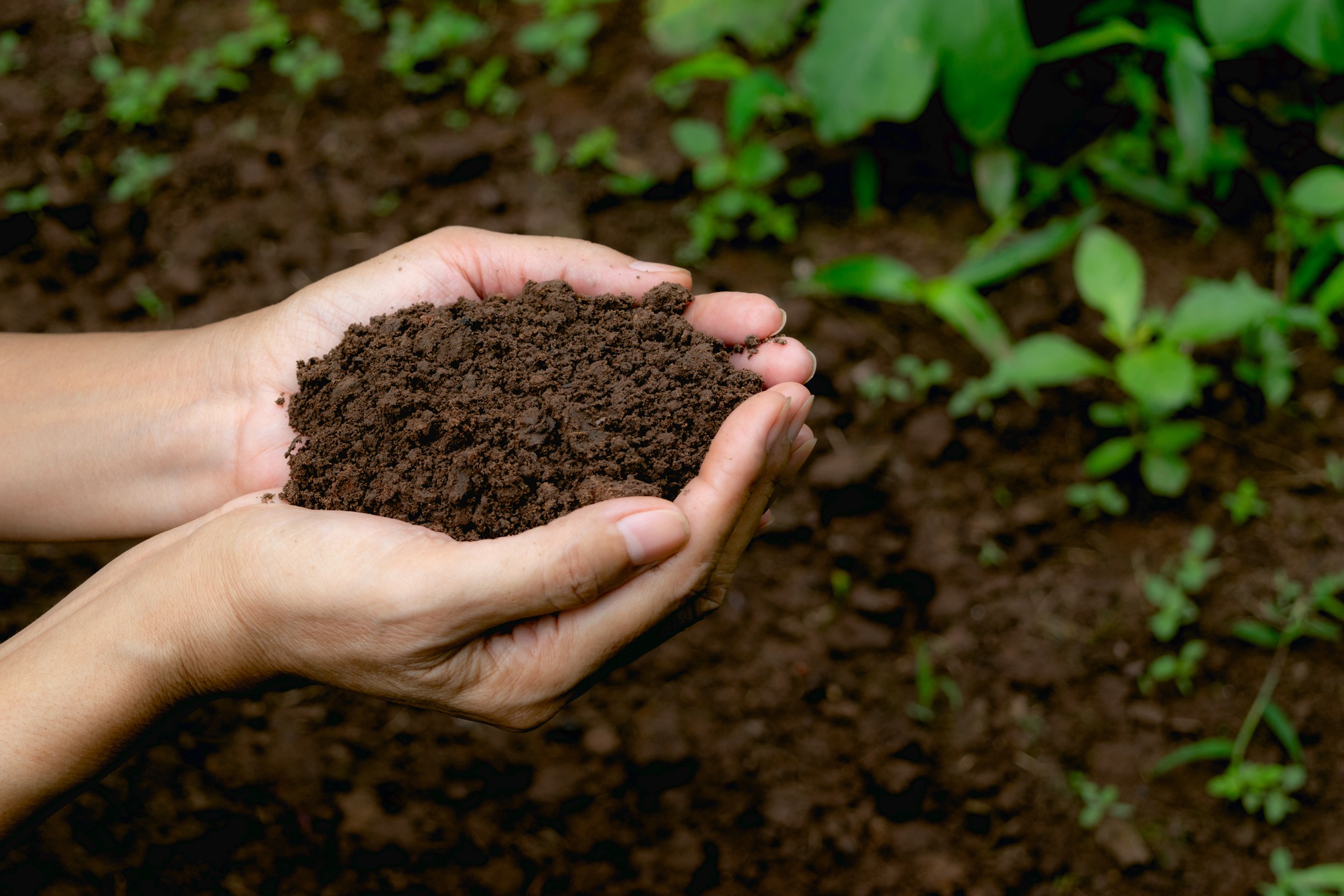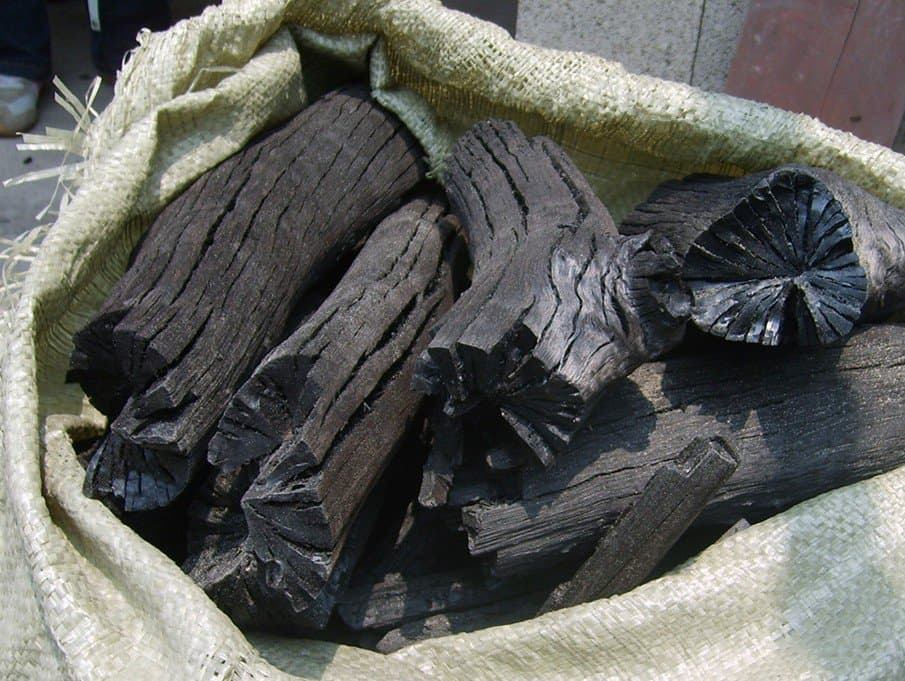In the realm of sustainable agriculture, the quest for soil enrichment takes center stage. As we embark on this journey, we will delve into the remarkable world of wood charcoal and how it has become a vital resource for enhancing soil quality, boosting crop productivity, and reducing environmental impact.
1: The Power of Soil Enrichment
Before we dive into the specifics of wood charcoal, 1 sets the stage by discussing the critical role of soil enrichment in modern agriculture. We explore the challenges faced by contemporary farming and the need for sustainable solutions. The charcoal is produced by wood charcoal machine.

2: Unveiling Wood Charcoal
Understanding the journey of wood charcoal production is crucial to grasping its role in soil enrichment. We’ll start with a historical perspective, tracing the evolution of wood charcoal production methods. From ancient kilns to modern pyrolysis technology, we’ll unravel the progression that has led to today’s efficient and sustainable production processes.
3: The Science Behind Soil Enrichment
The heart of wood charcoal’s effectiveness in soil enrichment lies in its carbon-rich nature. In Section 3.1, we delve into the chemical properties of carbon, focusing on its pivotal role in enhancing soil structure and fertility. We explore how wood charcoal’s carbon content acts as a stable source of organic matter, promoting nutrient retention and release in the soil. This machine also can be called jute stick charcoal machine.
4: Wood Charcoal’s Impact on Soil Health
we explore how different crops benefit from wood charcoal soil amendments. We’ll provide insights into crop-specific soil enrichment strategies, emphasizing the adaptability of wood charcoal across a variety of agricultural contexts. From staple crops like maize and rice to specialty crops like coffee and cocoa, we’ll discuss the unique advantages wood charcoal offers to each.
Organic farming and sustainable agriculture are gaining traction due to their environmentally friendly practices. This delves into how wood charcoal aligns with these approaches. We’ll discuss its role in enhancing organic farming by improving nutrient cycling, reducing the need for chemical fertilizers, and fostering healthy, biodiverse agroecosystems.

5: Boosting Crop Productivity
How does wood charcoal impact crop yields? Chapter 5 dissects the role of wood charcoal in increasing crop productivity and the resulting economic benefits for farmers. This provides an in-depth look at the challenges faced by commercial wood charcoal production enterprises. Challenges in securing a sustainable and sufficient supply of wood feedstock are explored, along with the difficulties in maintaining consistent product quality while meeting market demands. The chapter also addresses the economic and logistical hurdles associated with scaling up production to ensure profitability.
6: Environmental Benefits of Wood Charcoal
Wood charcoal’s impact extends beyond the farm. In Chapter 6, we discuss the environmental benefits of this sustainable resource, from carbon sequestration to reduced chemical runoff. It is highlights the paramount importance of environmental sustainability in wood charcoal production. It explores methods and practices that help minimize the industry’s carbon footprint. This includes the use of renewable energy sources and efficient combustion technologies. The chapter also emphasizes the role of reforestation and responsible land management in ensuring a continuous and sustainable wood supply.
7: Implementation and Application
Chapter 7 offers practical insights into implementing wood charcoal in agriculture. We discuss application methods, integration into different farming systems, and potential challenges. It is delves into safety measures and regulations in the wood charcoal production industry. It discusses critical guidelines for ensuring the safety of workers, preventing fires, and managing potentially hazardous byproducts. The chapter underscores the importance of regulatory compliance to minimize the environmental impact of wood charcoal production.
8: Success Stories and Case Studies
Chapter 8 showcases real-world success stories and case studies where wood charcoal has transformed agricultural practices and yielded remarkable results. It explores the influence of modern technology on wood charcoal production. It discusses recent innovations in pyrolysis reactor design, process automation, and real-time monitoring systems. These technological advancements enhance the efficiency, safety, and overall sustainability of wood charcoal production.
9: Challenges and Controversies
No solution is without its challenges. In Chapter 9, we address the potential controversies surrounding wood charcoal and explore ways to overcome them. View some information about this machine: https://bestonmachinery.com/wood-pyrolysis-plant/. It addresses the generation of valuable byproducts in wood charcoal production, such as wood vinegar and tar. It examines sustainable approaches to manage these byproducts and maximize their value in various industries, from agriculture to pharmaceuticals. The chapter underscores the importance of waste reduction and optimization of the value extracted from byproducts.
10: Looking to the Future
As we conclude this post, Chapter 10 provides a glimpse into the future of wood charcoal in agriculture. We discuss innovations, research, and the potential for even more sustainable practices. We offers a glimpse into the future of wood charcoal production. It discusses emerging trends and potential innovations in the industry. This includes advancements in carbon capture and storage (CCS) technology, integration with circular economy principles, and the exploration of alternative feedstocks. The chapter also contemplates the industry’s role in addressing global climate challenges.
Conclusion: The Essential Role of Wood Charcoal
In the conclusion, we reflect on the essential role of wood charcoal as a valuable resource for soil enrichment. It has the potential to revolutionize agriculture, reduce environmental impact, and pave the way for a more sustainable and food-secure future. These expanded chapters provide a comprehensive view of the challenges, environmental considerations, safety regulations, technological advancements, sustainable byproduct management, and future trends in the wood charcoal production sector. Readers will gain a deeper understanding of this industry’s complexities and its potential to contribute to sustainable development and environmental responsibility.